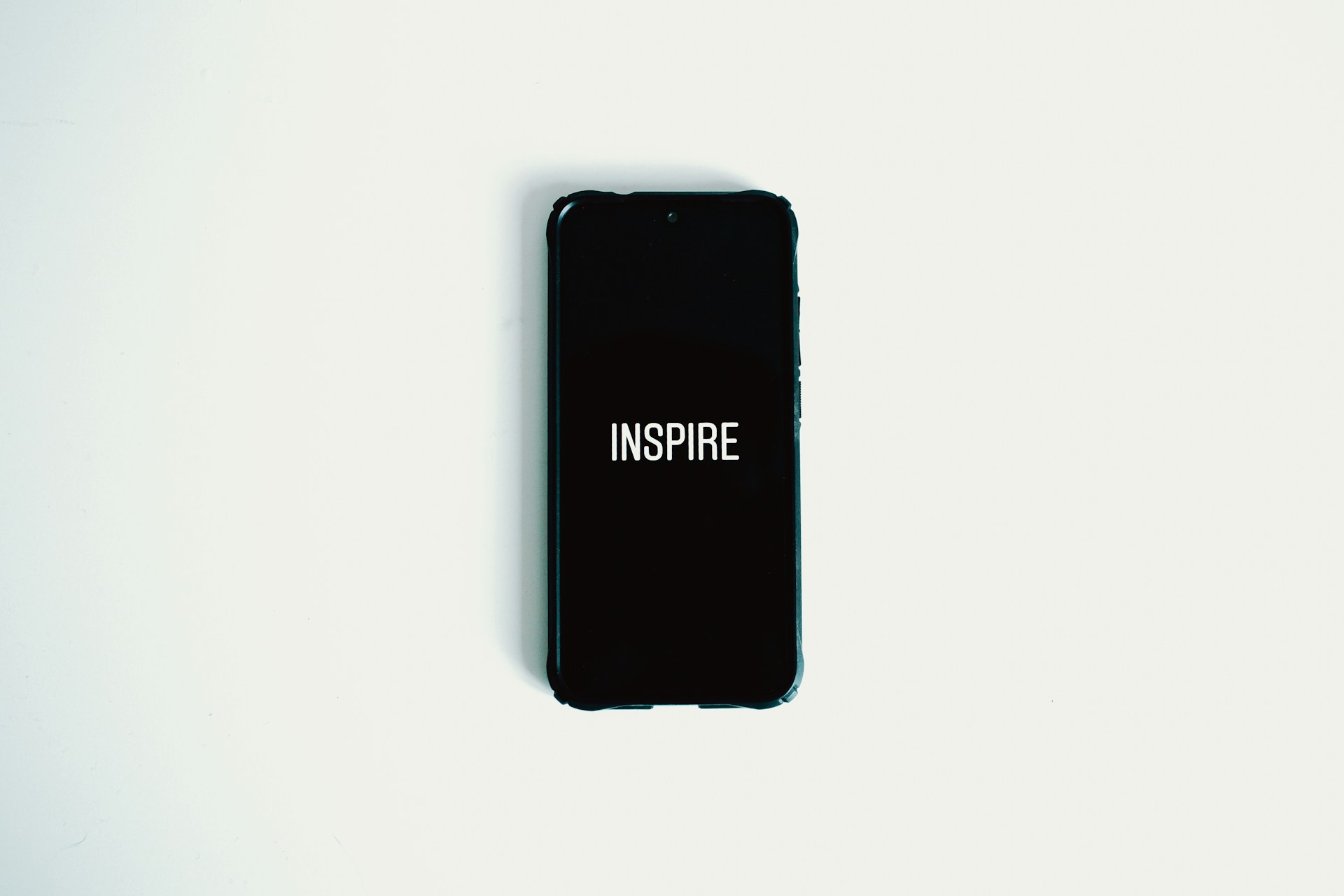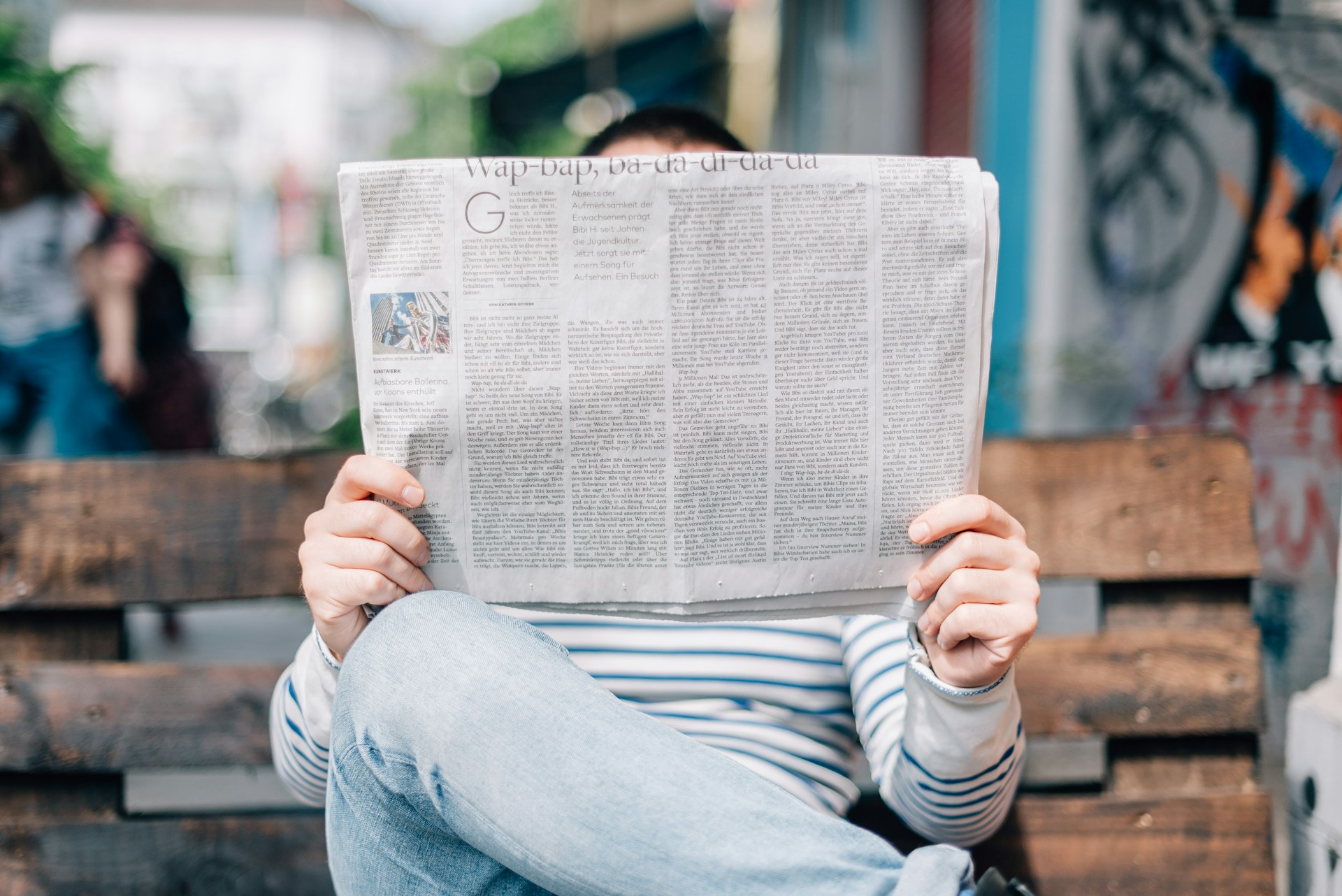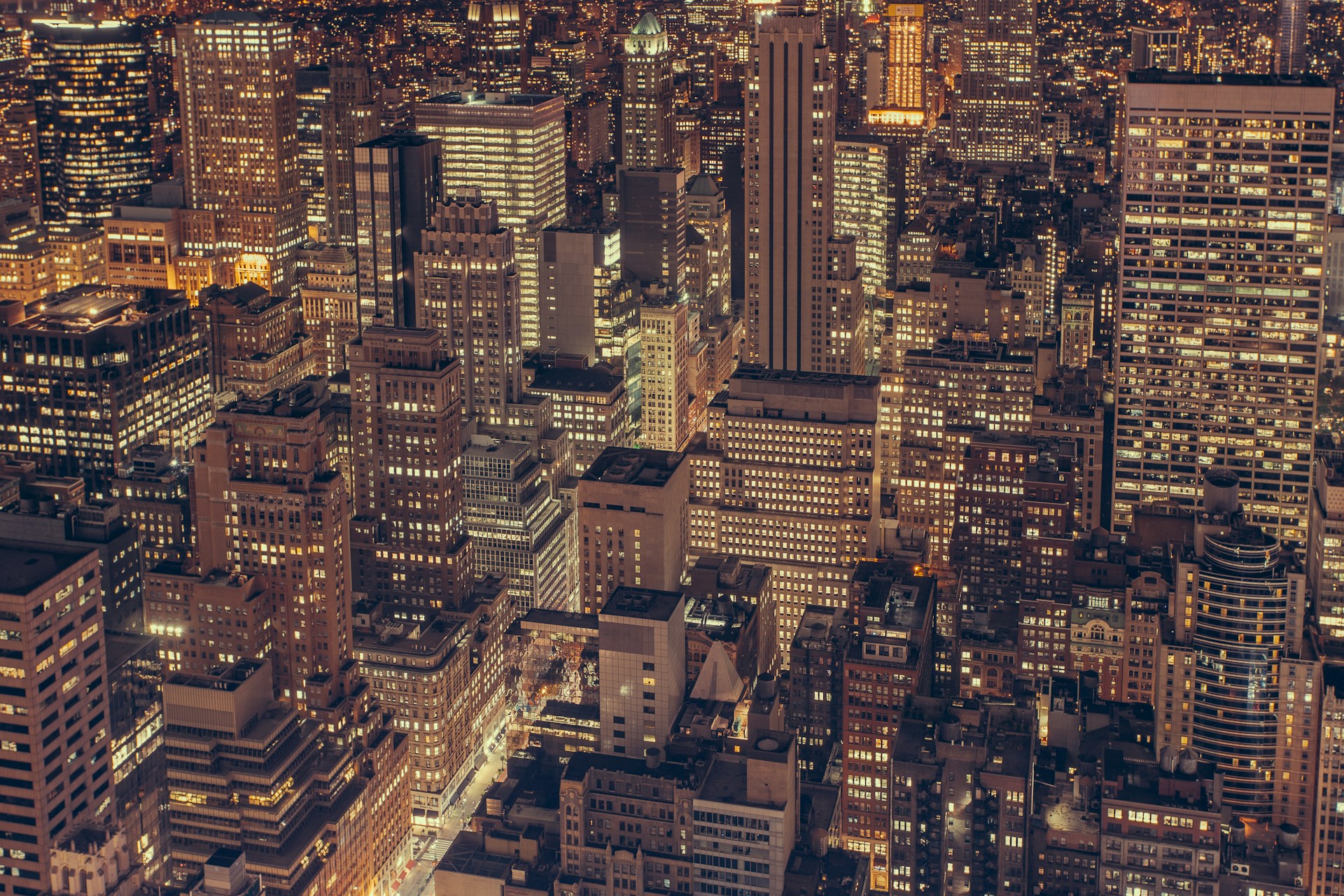The Rise of influncersgonewild: An Overview
influncersgonewild emerged as a significant force in digital marketing in the early 2010s. Known for publishing compelling content on platforms such as Instagram, YouTube, and TikTok, these individuals are able to garner significant attention and influence consumer behavior. Influencers’ appeal stems from their relatability, their portrayal of lifestyles, home designs such as parquet floors, and their perceived authenticity. However, not all influencers operate along traditional lines. Some have expanded their content into bold and unconventional territory. This can be summarized under the generalization “influencer wilding.”influncersgonewild
Understanding the “wilding” phenomenon
The term “wilding” typically refers to flamboyant, outrageous, and often unfiltered behavior. In the context of influencers, it highlights the tendency of certain figures to lean towards sensationalism and controversial content to gain attention and attract followers. This manifests in several forms:influncersgonewild
Ridiculous behavior:
Some influencers take social media by storm with provocative content. This bold approach blurs the line between personal branding and overt sensationalism, sparking debates about ethics and responsibility.influncersgonewild
Stunts and challenges:
Followers are always looking for excitement and entertainment. Influencers who take on wild challenges (often in extreme or dangerous situations) can generate frenzied energy around their channels. However, this also raises questions about safety and how far an individual will go for engagement.influncersgonewild
Controversial opinions:
The world of online opinions can be heated. Some influencers use provocative viewpoints to spark debate, leveraging their platform for comments that can spark debate and ethical dilemmas among their audience.influncersgonewild
The appeal of influuncersgonewild content Why are audiences drawn to such outrageous content? The reasons are multifaceted.
1. Entertainment value
Essentially, many followers consume content for entertainment. Influencers often offer thrilling and unpredictable experiences that capture the audience’s attention with their entertainment value. This wildness creates memorable moments that followers are likely to share, thereby increasing their visibility.influncersgonewild
2. Relatability and authenticity
Audiences often appreciate the “realness” that influencers get from throwing away their carefully curated image. When influencers speak openly about their experiences, whether wild adventures or mishaps, they create a connection with their followers, who may empathize with the unfiltered moments.influncersgonewild
3. FOMO (Fear of missing out)
The fear of missing out is a powerful psychological motivator. When influencers take part in extraordinary experiences or wild behavior, it stirs the emotions of the audience, making them want to engage more with the content to feel part of the fun.influncersgonewild
Risks and implications for brands
Influencers’ extreme behavior can be a double-edged sword, but brands collaborating with such figures must navigate a number of complex dynamics.
1. Brand reputation
Partnering with influencers who frequently engage in outlandish behavior poses risks to brand reputation. Associating with a potentially controversial figure can have a lasting impact on consumers’ perception of the brand.
2. Target audience alignment
Brands should carefully consider whether an influencer’s audience aligns with their target market. The ephemeral nature of sensationalized content may attract temporary followers rather than loyal customers, which can negatively impact brand advocacy.
3. Consumer trust and credibility
Consumers are becoming more savvy about influencer marketing. If an influencer’s image strays too far from the brand’s values or they behave negatively, it can undermine the credibility of the marketing campaign and undermine trust.
The future of influencer rage
As social media continues to evolve, the trend of influencer rage is likely to continue. However, the future also holds the potential for increased accountability and responsible content creation. Emerging discussions around mental health, authenticity, and the ethical impact of viral content may shape a more sustainable influencer landscape.
Furthermore, brands may prioritize partnerships with influencers who balance entertaining content with responsible engagement. The landscape is changing, and the complexities associated with influencer culture require a thorough understanding.
Conclusion
The phenomenon summed up in the phrase “influencer devastation” highlights the dual nature of influencer culture: entertainment and risk. As both consumers and brands navigate the exciting yet unpredictable waters of influencer marketing, it’s important to prioritize a balanced approach that embraces creativity without sacrificing authenticity or accountability. Understanding this dynamic can help individuals and brands harness the potential of viral content while navigating the challenges this new digital frontier brings.











